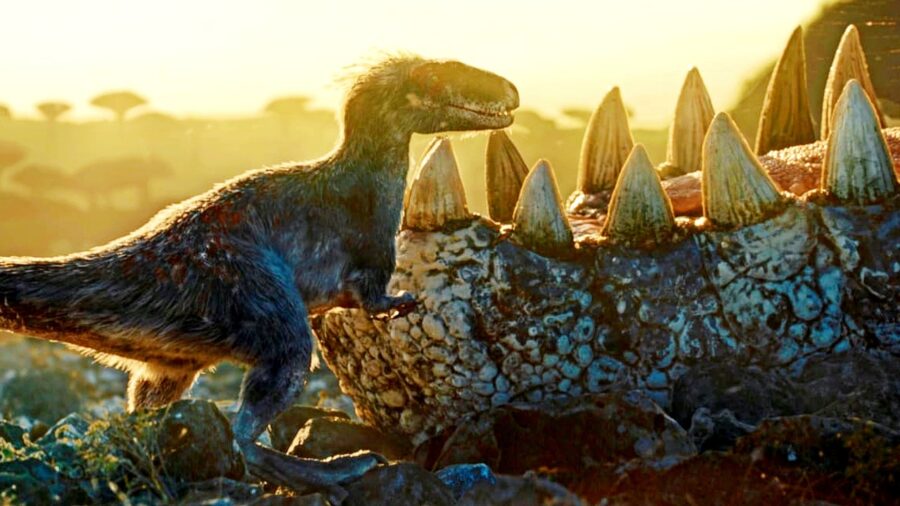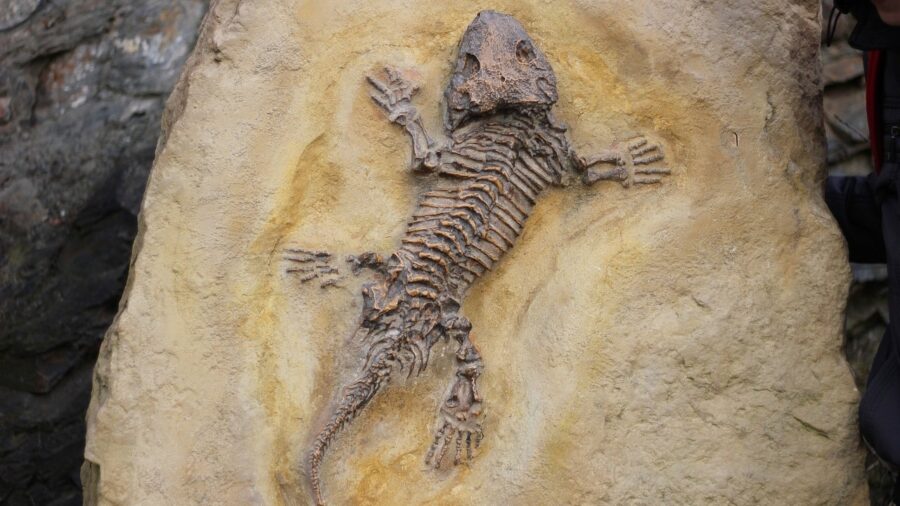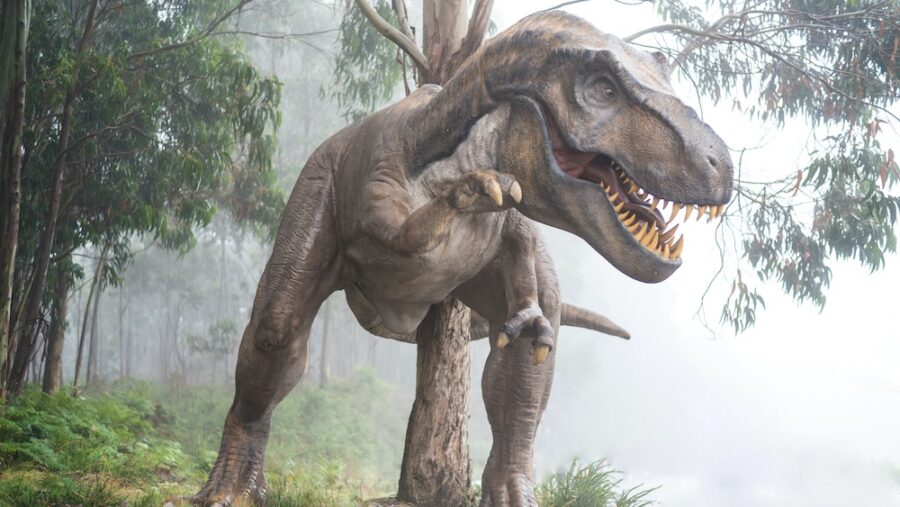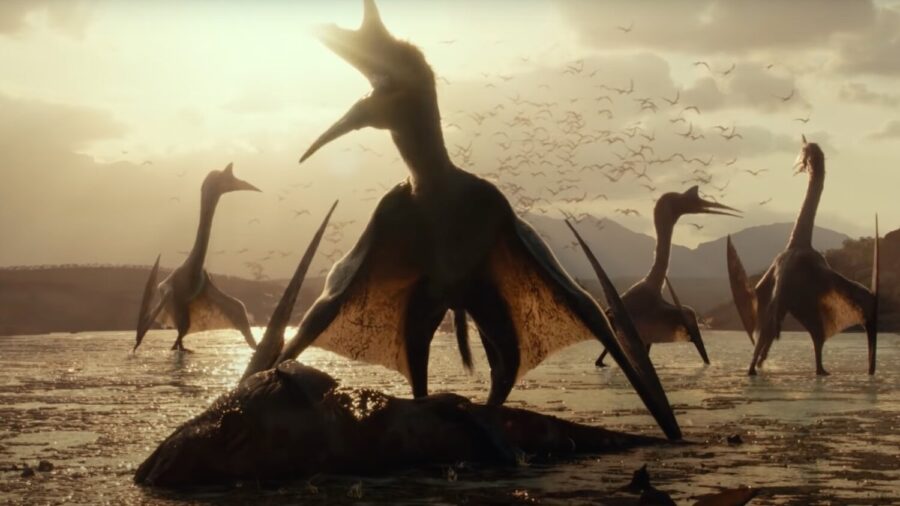Dinosaur Footprints Thousands Of Miles Apart Match Up

Recently, an international team of paleontologists has matched nearly 260 dinosaur footprints between Africa and South America. Since these two countries are separated by 3,000 miles of vast ocean waters, these matching sets will aid scientists in further proving the existence of Pangaea and continental drift.
These dinosaur footprints, categorized as trace fossils, were all dated to about 120 million years old. Scientists concluded that the tracks, which were once pressed into the mud of now ancient riverbanks, were left behind by theropods and sauropods. For the general public, these prints are attributed to dinosaurs such as Tyrannosaurus rex and Brontosaurus.
Thousands Of Miles Apart Today, But Once Neighbors

Though in the present day, these dinosaur footprint sets are separated by an entire ocean, 120 million years ago they would have both resided in a place called Gondwana. Though most are only familiar with the ancient supercontinent Pangaea as a singular unit, it was composed of three other continental units: Euramerica, Siberia, and Gondwana. South America, Africa, Antarctica, Australia, Zealandia, Arabia, and the Indian Subcontinent are the landmasses that once would have made up Gondwana.
Supercontinent

The tracks were found both in the eastern region of Brazil and along Africa’s Gulf of Guinea. If you took a map and cut out each region, you would find they fit together like puzzle pieces, answering the question of how and why these dinosaur footprint sets exist so far apart. After millions and millions of years of tectonic activity, new seafloor growth separated Gondwana and the footprints and fossils it contained into the seven different landmasses we are familiar with today.
Trace Fossils

Though most of our population regards the word “fossil” as synonymous with bones, trace fossils, like dinosaur footprints, can actually tell scientists a lot more detailed information about these ancient species.
For example, in 2021, a team of paleontologists in Spain used only two sets of footprints to determine that the dinosaur they belonged to could move at nearly 28 miles per hour. Yes, skeletons can help us infer what a dinosaur species might have looked like, but trace fossils, which can include things like scat, nests, and bite marks, show us the relationships they had with the environment around them.
Learning More About The Ancient World

It should be noted that this is not the first time evidence of dinosaurs has been found on different continents. Fossils of the dinosaur Lystrosaurus, solely a terrestrial species, have been found in Australia, South Africa, South America, India, and Antarctica. It would fully contradict Darwin’s theory to assume that this dinosaur independently evolved on each continent, so the simplest theory is that it simply walked around on a united landmass that eventually separated, like Pangaea.
Every Fossil Tells A Story

This recent discovery provides us context into what our world was like millions and millions of years ago—something that would be nearly impossible without the existence of these fossils and the devotion of paleontologists and geologists to uncover them. It is our duty to support their efforts and to acknowledge the sheer importance and tremendous impact of these discoveries on our modern world.












